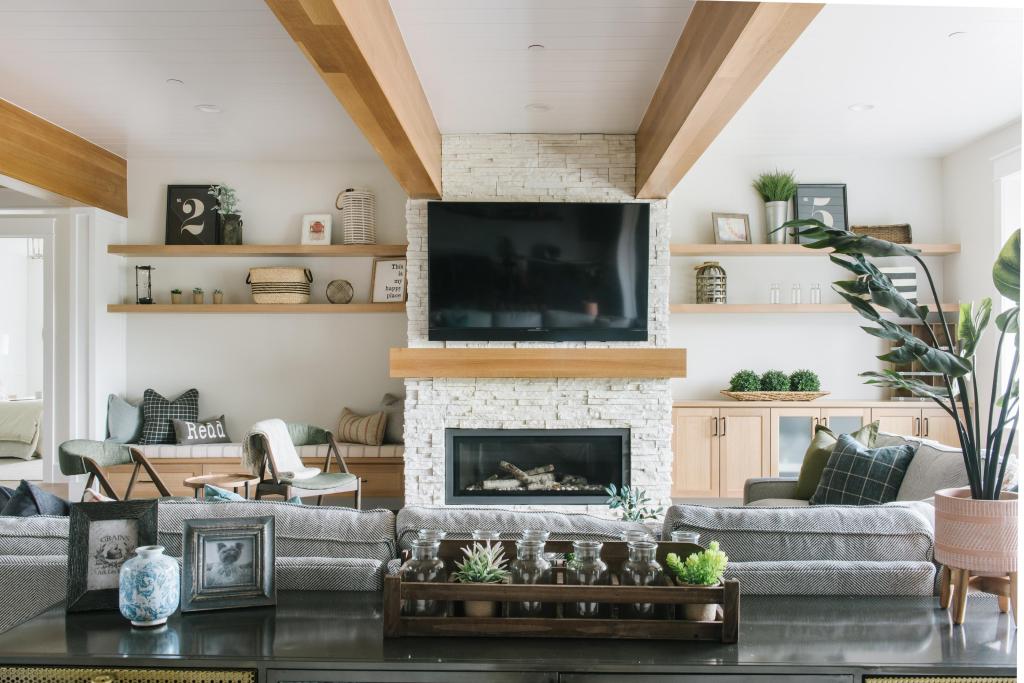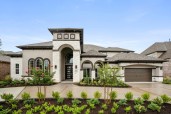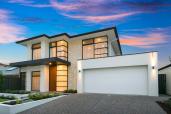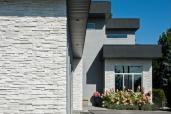Working with clients to move from concept to execution can be challenging, particularly when they’ve curated a perfectly styled space in their mind and on Pinterest pinboards but haven’t yet embraced the work that goes into crafting the finished space. They’re dreamers in search of doers, and sometimes they don’t realize the way their vision is going to need to change as everything gets underway.
On the “doer” side of this dynamic, specifiers and materials providers are continually working to bridge the gap between the unfettered, limitless potential of the dream space and certain real-world imperatives such as cost, labor force and overall project timing. One great way to frame these dreamer/doer conversations, particularly at the outset of a project, is to focus on emotion or mood.
Getting Moody
Homes are intimate spaces, and the elements we choose to form and style them consequently bear the ability to influence the way we feel when we enter a room. This is an inherent part of what it means to inhabit a space, and it’s something that most homeowners will understand without much explanation. In particular, material and design details such as color and texture can influence our brains’ perception and directly influence mood, emotion, and even energy levels.
When used intentionally, these details can be applied throughout the home to express personal style and speak to one’s senses on a deeper, psychological level. They can also make for very productive conversations with customers when you sense the need to set parameters around their dream home desires while still tapping into their unique lifestyles.
Color Conversations
Color theorists have maintained for generations that the shades and hues we choose to incorporate in our homes can prompt a number of different psychological responses. Bright hues of red and orange tend to be invigorating, and nature-inspired shades of greens and blues are often associated with feelings of peace and serenity. Earth-toned neutrals that tend to be warm and welcoming. In contrast, deep dark shades of greys, purples, and even black are often associated with a sense of mystique and might speak to the senses on a soulful level.
When collaborating with clients on a new project, it’s important that you pay close attention to the color palettes they naturally gravitate toward. Inevitably, with a bit of honest reflection and intentional color shifting, you are bound to bring the feeling of their dream space to life, even if the real-world realization of their dreams is missing a few of the flourishes they initially had in mind.
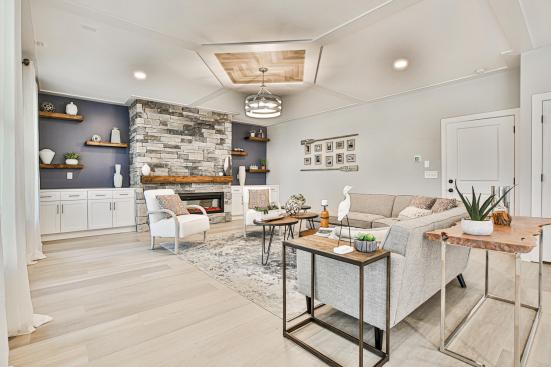
Echo Ridge Country Ledgestone from Cultured Stone
Tone-Setting Texture
Texture, much like color, can evoke certain feelings by adding visual depth to a space. This sense of depth adds dimension and expands our mental engagement with the physical spaces we inhabit. It may sound surprising, but enhancing the textural elements in a space often translates in the brain to that comfortable feeling of “home.”
While it will manifest differently from room to room, incorporating textiles, wood grains, metals, decorative accessories, and other interesting materials is what makes the space welcoming and uniquely yours. Sleek, shiny textures and geometric patterns tend to reinforce a more suave, cosmopolitan atmosphere, whereas organic shapes and natural fibered textiles often have the opposite effect, directing our senses back to the warm, cozy familiarity of nature. On a larger scale, incorporating a stone or brick accent wall or woven wallpaper may be the perfect way to add charm and character to your space.
Smart, intentional changes to color and texture may be just the adjustment you need to suggest to customers in order to help them feel their best in every space. While there are any number of ways to match their dreamy desires to the imperatives you face on the jobsite, color and texture may be the perfect way to begin framing the discussion.
To share space-specific ideas and inspiration with your customers, visit cultured stone.com/inspiration.
About Sarah Lograsso

As Director of Marketing and Product Design for the Cultured Stone, Sarah has successfully coupled her design talents with business acumen to refresh, refine and distinctly position five standout brands in the North American market and abroad. She continues to provide design direction for the brands’ variety of best-selling modern profiles and trend-forward color palettes while enhancing the prestige of the category among masons, builders, designers, architects and consumers.
